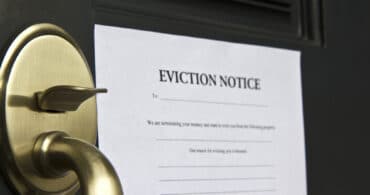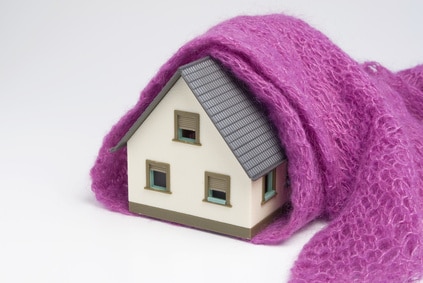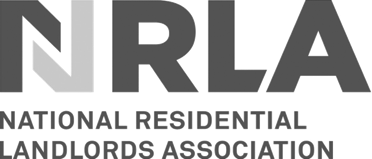Landlords: How to Winter Proof Your Rental Property
With temperatures plummeting, so the risk to property damage increases. Winter is therefore a vital time for landlords to put measures in place to safeguard their investment. Let’s take a look at some of the most essential steps you should be taking to protect your rental property during the harshest months of the year.
With temperatures plummeting, so the risk to property damage increases. Winter is therefore a vital time for landlords to put measures in place to safeguard their investment. Let’s take a look at some of the most essential steps you should be taking to protect your rental property during the harshest months of the year.
The time has come to ensure your rental property is protected against the elements. Here’s what you should be doing now winter is in full swing.
Protect your pipework
Water escape is one of the most costly and damaging issues that can happen in any rental property. What’s more, if you are claiming on your landlord insurance to cover the costs of any damage, you’ll need to provide evidence that you took steps to reduce the risk of a burst pipe.
As winter sets in, the chances of pipes freezing and then bursting grow. It is therefore vital to liaise with your tenants and arrange an inspection of the pipes, especially if they have reported any problems such as cracks, leaks or knocking sounds, something which should always be encouraged.
Pipes should be adequately lagged so that they are protected from the cold. Also, be sure to advise your tenants to keep the heating system working at intervals throughout the day. If they are out all day, or going away, they should use a timer programme or smart control to switch the heating on and off at intervals. Pipes that are left unused for periods of time during cold spells are at a higher risk of bursting.
Lastly, ensure your tenants are aware of the location of the stopcock in the rental property so that they can turn off the water supply and mitigate damage should a leak occur.
Inspect the drains
Blocked drains can cause significant damage, serious enough to render your property uninhabitable, which means loss of rental income and long and drawn out insurance claims and repairs.
It is therefore crucial to check the guttering and overflow pipes for blockages and cracks, and to clear away any autumn leaves. Simple tasks like this can avert major problems.
Make sure your tenants know to report any signs of blocked drains, including damp patches on walls and ceilings.
Deal with overgrown plants
Overgrown shrubs and trees can hide a multitude of issues as well as cause damage, which is why it is important to clear them periodically, especially ahead of the wet season.
Climbing plants such as ivy and wisteria can lead to damp inside the property. Tree roots that are getting out of hand will need to be dealt with before they start interfering with the foundations and damp course. If in doubt about clearing vegetation and trees, always consult a qualified tree surgeon.
Check the roof of your rental property
Or better still, get a professional to do if for you. What you don’t want is cracked, loose or missing roof tiles causing issues with damp or leaks and damaged roof timbers, or insecure chimney stacks tumbling due to high winds.
Keep up with your mid-term inspections
Regular mid-term inspections will flag up any developing issues so that they can be dealt with before they turn into major, costly problems. It will also provide the ideal platform for tenants to raise any issues they have come across.
Want to hand over your winter maintenance tasks AND secure your monthly rent? Talk to homes2let.
There really is so much to take care of as a landlord, especially during winter. If you’d rather take a back seat and manage your rental property investment hands-off, whilst securing your monthly rental payments, take a look at the homes2let guaranteed rent scheme.
Not only do we take care of all the maintenance and legal compliance aspects of renting your property, we also source and reference tenants, deal with all the legal costs, arrange mid-term inspections and all check-in, check-out and inventory reports, AND pay you your monthly rent by standing order in advance every month, even when your property is untenanted.
To discover more about how the homes2let guaranteed rent scheme can revolutionise your life as a landlord, we welcome you to get in touch.
Related Insights

Evictions Paperwork Must Now Include Breathing Space Details
A new government scheme came into force on 4th May, providing anyone with a debt the legal right to protection from creditors, including tenants in rent arrears. The Debt Respite Scheme, otherwise known as the ‘Breathing Space’ arrangement, has been introduced to allow those in debt to find a solution to their financial issues. And now, in a recent move, the government has announced that details of the scheme must be included within paperwork when seeking to gain possession of a property.

What are Tenants’ Responsibilities for Repairs in a Rental Property?
In the private rented sector, landlords are required to keep their buy to let property well-maintained and in a good state of home repair. On the other side of the coin, tenants must ensure they act in a ‘tenant-like manner’, avoiding causing any damage to the property other than that which can be considered ‘fair wear and tear’. Wondering what tenants’ responsibilities for repairs are? Read on to find out.

Floods in Rental Properties: A Landlord’s Responsibilities
The Environment Agency says that there are over five million properties in England that face a risk of flooding. Landlords are right to worry over their responsibilities should a flood become a problem, especially if it leads to the property becoming uninhabitable. It is therefore useful to know what would be expected of you as a landlord in the event of a flood. Precisely what we are covering in this post.







